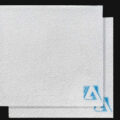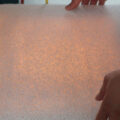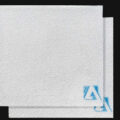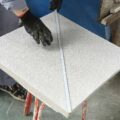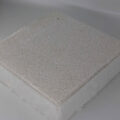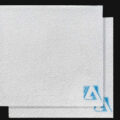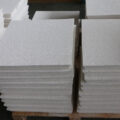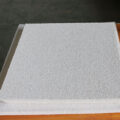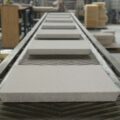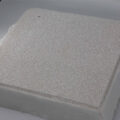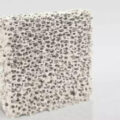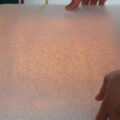Porous Ceramic Filter Filtration can remove alumina and other nonmetallic compounds, such as lithium oxide from the molten aluminum lithium alloy. The porous ceramic filter may be a cellular structure or a foam with interconnect pores.
As everyone knows, in order to remove alumina from molten aluminum or aluminum alloy, aluminum or aluminum alloy is made from a refractory granular bed (such as alumina ball) or ceramic foam made of aluminum oxide or aluminum alloy, such as alumina, mullite or cordierite.
Ten kinds of molten Al Li alloys containing 1.0% to 4.5% lithium, usually 1.1% to 2.5% lithium, contain other nonmetallic compounds, such as lithium oxide, in addition to alumina, which will produce inclusions if they are not removed first.
However, because Al Li alloys are particularly reactive compared to most other aluminum alloys, they attack the materials commonly used to filter molten aluminum alloys.
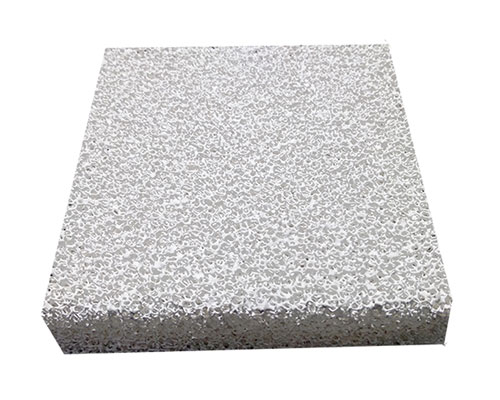
So far, no satisfactory method has been found to filter Al Li alloys. Instead, special precautions must be taken to minimize the oxidation of lithium, thereby minimizing the formation of non-metallic compounds, such as melting the alloy by removing the presence of non-metallic compounds other than filtration, in an inert atmosphere or under a thick flux layer, and before casting. According to the present invention, a method for filtering molten aluminum lithium alloy is provided, which includes passing the molten alloy through a porous ceramic filter containing silicon carbide.
The Porous Ceramic Filter Filtration may be a honeycomb structure with a hole extending from one surface of the main body to another surface, or a structure having interconnected pores, such as ceramic foam.
The foam structure of Porous Ceramic Filter Filtration is preferred, and the structure can be made by using a known method of making ceramic foam.
In ceramic foam, organic foams (usually polyurethane foam) are impregnated in water-based slurry containing binder, and dried foam is dried to remove water, then the dry impregnated foam is fired to burn off organic foams, thereby producing ceramic foam.
The porous ceramic filter is made only of silicon carbide, except for a small amount of oxide existing in the form of adhesive residues, such as phosphorus pentoxide from two hydrogen phosphate of monophosphate, and made of additives that may be used to produce porous objects, such as two silicon dioxide made from clay, and when the object is impregnated with organic foam plastics containing silicon carbide, the two can be added. To improve the rheological properties of the slurry. However, the body may also contain a proportion of refractory oxides, such as alumina, which are usually not more than 45% by weight.

